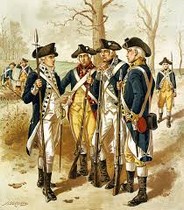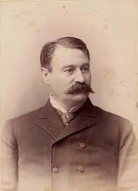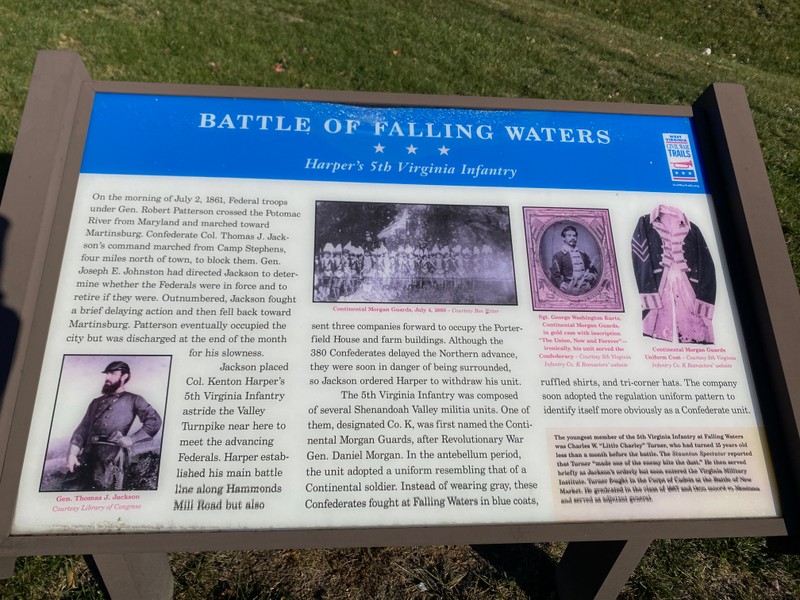The Battle of Falling Waters: Harper's 5th Virginia Infantry
Introduction
Text-to-speech Audio
Images
the Company K soldiers stood out from the other gray uniformed Confederates

Charles Turner, 15 at the time, was the youngest member of the 5th Virginia Infantry

This marker is placed right next to the United Bank on Route 11 in Spring Mills

Backstory and Context
Text-to-speech Audio
The Battle of Falling Waters (or Hoke's Run) was a small skirmish in the Civil War. During the Civil War, America was fighting over state's rights, specifically how that played into slavery. Virginia was highly affected by this. Part of Virginia, the western part, wanted to stay part of the Union. The eastern side of Virginia wanted to join the Confederacy. At the time this battle took place, Falling Waters was still part of Virginia.
Kenton Harper was a Colonel for the Confederacy. He commanded the 5th Virginia Infantry composed of 380 men. Thomas J. Jackson (later known as "Stonewall" Jackson) placed Harper's Infantry by the Valley Turnpike in order to meet the Federals when they arrived. General Robert Patterson led the Union. Harper placed majority of his troops along Hammonds Mill Road. He put three companies farther up, at the Porterfield House.
Those 380 Confederate soldiers slowed down the advancement of the Union. This bought those placed at the Porterfield House a little bit of time to prepare. Consequently, the Confederates were then in danger of being encircled by the Federals. Because of this risk, Jackson ordered Harper to have his unit withdraw. The battle then continued later at the Porterfield house.
The 5th Virginia Infantry was made up of several militia units from the Shenandoah Valley. One of those units, Company K, was originally called the Continental Morgan Guards. This name came from the Revolutionary War General Daniel Morgan. Sometime years before the Civil War, the unit took on a uniform that resembled one of a Continental Soldier. These uniforms included "blue coats, ruffled shirts, and tri-corner hats." Although the rest of the Confederates wore gray, those of the Company K wore their blue uniforms in the Battle of Falling Waters. Soon after, the company changed its uniform in order to more easily be recognized as with the Confederacy.
Sources
Coughlin, Bill. The Battle of Falling Waters: Harper's 5th Virginia Infantry, HMdb.org. August 5th 2012. Accessed November 14th 2019. https://www.hmdb.org/Marker.asp?Marker=58078.
The Battle of Falling Waters July 2, 1861, Battle of Falling Waters Association. Accessed November 14th 2019. http://www.battleoffallingwaters.com/battleinfo.html.
civilwar150th. Battle of Hoke's Run, Discerning History. July 2nd 2011. Accessed November 14th 2019. http://discerninghistory.com/2011/07/battle-of-hokes-run/.
https://commons.wikimedia.org/wiki/File:Infantry,_Continental_Army,_1779-1783.jpg
https://en.wikipedia.org/wiki/File:Cwturner.jpg
Niki Green
